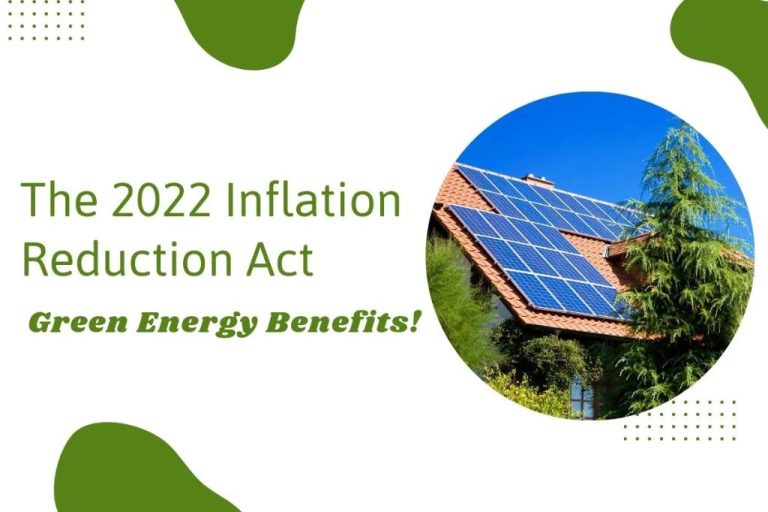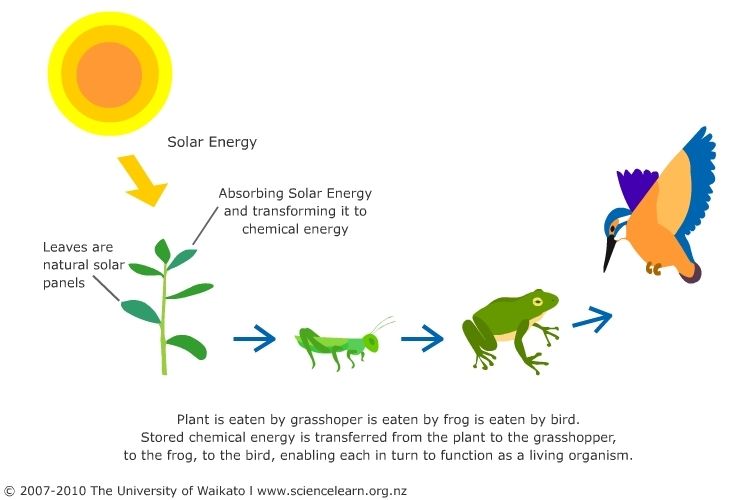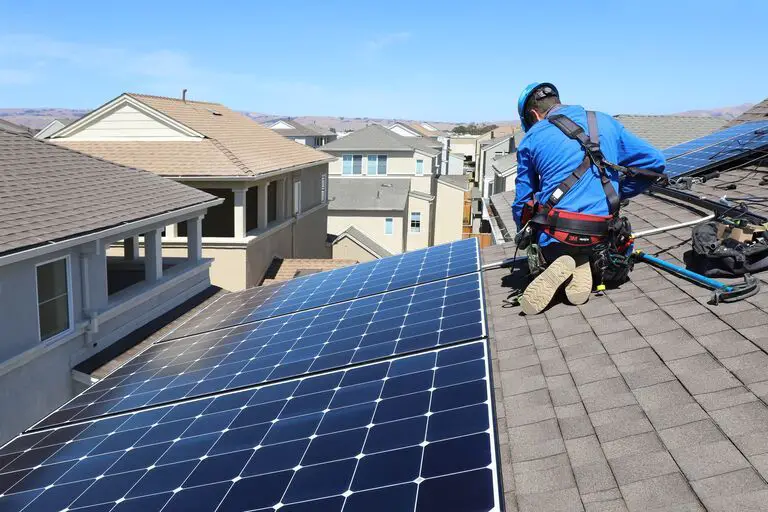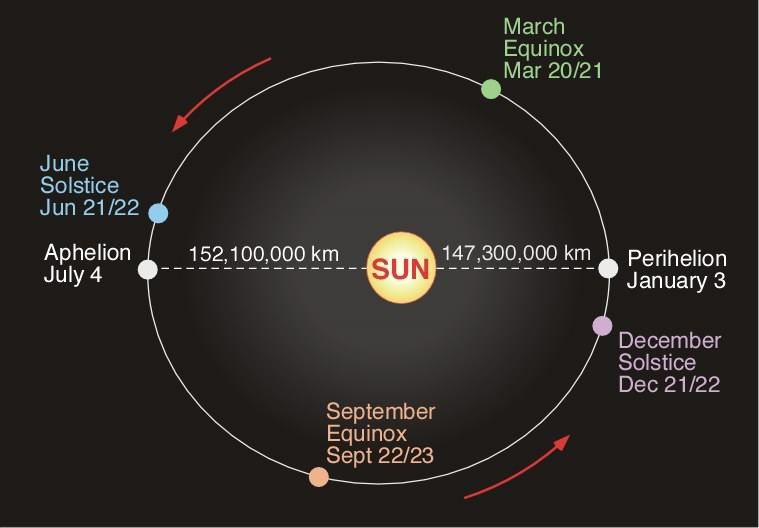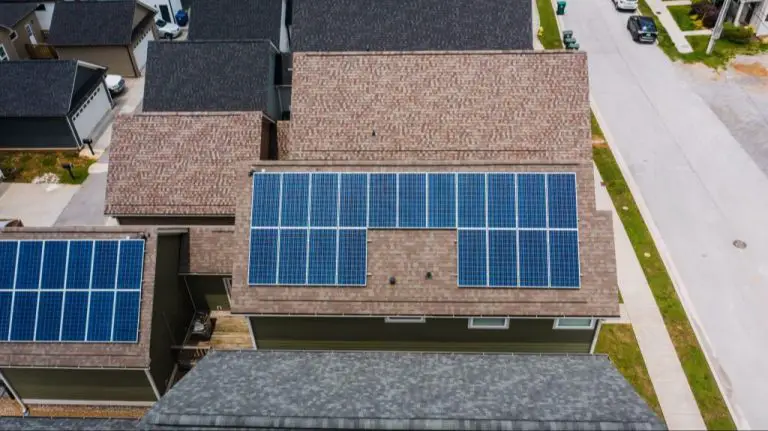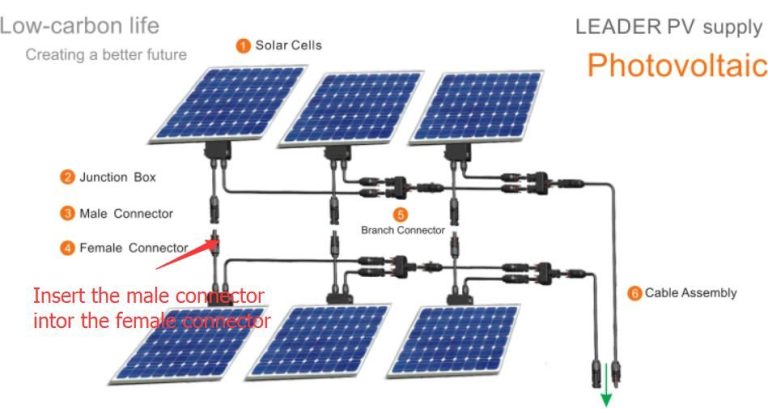What Are 5 Energy Production Sources?
Reliable and renewable energy is essential for modern life. There are a variety of energy production sources that power our homes, businesses, and transportation systems. This article will provide a brief overview of 5 major energy production sources and discuss their importance.
Fossil Fuels
Fossil fuels like oil, coal, and natural gas are currently the world’s primary energy source. They are formed from theremains of ancient plants and animals that lived millions of years ago. Over time, the pressure and heat from geological processes turned the organic matter into fossil fuels.
Oil, also known as petroleum, is a liquid fossil fuel that is found underground in rock formations and extracted through wells and offshore oil rigs. It goes through a refining process to produce various fuels like gasoline, diesel, and jet fuel. Oil is critical for transportation and is the world’s most traded commodity.
Coal is a solid fossil fuel that is mined from the earth. It is made up of carbonized plant matter and is burned to generate electricity, provide heat, and produce steel. Coal fueled the industrial revolution and today still accounts for about 27% of primary energy use worldwide.
Natural gas is a gaseous fossil fuel composed mainly of methane. It is found in pockets underground or associated with other fossil fuels like oil and coal. Natural gas needs minimal processing to be usable as an energy source. It is used for heating, electricity generation, cooking, and as a transportation fuel.
Nuclear Energy
Nuclear energy is produced from the process of nuclear fission of uranium atoms. Uranium is a radioactive element that is found in nature and mined from the ground. In nuclear fission, the uranium nucleus splits apart into smaller nuclei and releases a large amount of energy in the form of heat. This heat is used to boil water into steam that spins a turbine to generate electricity.
Nuclear power plants use uranium as fuel because its atoms are easily split apart. The uranium is formed into ceramic pellets and loaded into long metal fuel rods. The rods are bundled together into a fuel assembly which is submerged in water inside the nuclear reactor core. When uranium atoms split apart, they release neutrons that cause other uranium atoms to split, creating a chain reaction. Control rods made of boron or cadmium absorb excess neutrons to regulate the chain reaction.
Nuclear energy is considered a low-carbon energy source because nuclear fission does not produce greenhouse gas emissions during electricity generation. However, mining and enriching uranium requires energy. Nuclear power plants also generate radioactive waste that requires safe long-term storage. Nevertheless, nuclear energy currently provides about 10% of the world’s electricity.
Hydropower
Hydropower harnesses the energy of flowing water to generate electricity. The most common type of hydropower plant uses a dam on a river to store water in a reservoir. Water released from the reservoir flows through a turbine, spinning it, which in turn activates a generator to produce electricity. Hydropower is a renewable energy source because it relies on the water cycle. Rain and snow regenerate the water in the reservoir.
Dams vary in size and generate electricity based on the volume and flow of the river. Large dams can generate a substantial amount of electricity and create reservoirs for recreational activities like boating and fishing. However, large dams also block fish migration and change the natural water temperatures and flow downstream. Run-of-river dams divert a portion of a river through a canal and generate electricity without forming a large reservoir. This design allows fish to pass through and maintains more natural river conditions downstream.
Hydropower produces around 16% of the world’s electricity and is the most widely used renewable energy source. Countries with abundant water resources like Brazil, Canada, and Norway rely on hydropower for the majority of their electricity generation. Developing countries are building new hydropower plants to provide electricity access. Overall, hydropower offers a renewable, flexible way to generate electricity once dams and power plants are built.
Wind Energy
Wind energy is one of the fastest growing and most promising renewable energy sources in the world. Wind turbines convert the kinetic energy from wind into mechanical energy and then into electricity. Modern wind turbines can be enormous, with blades over 60 meters long and towers over 100 meters tall.
One of wind energy’s biggest advantages is its massive potential scale. Studies estimate wind power could provide over 20% of global electricity demand by 2030 and 50% by 2050. Wind farms can range from just a few turbines to hundreds clustered together in windy locations.
Offshore wind farms are one of the most exciting areas for growth in wind energy. Situating wind farms offshore takes advantage of stronger and more consistent winds compared to onshore. The European Union has over 90% of the world’s offshore wind capacity, but the United States and China are rapidly building offshore wind farms as well.
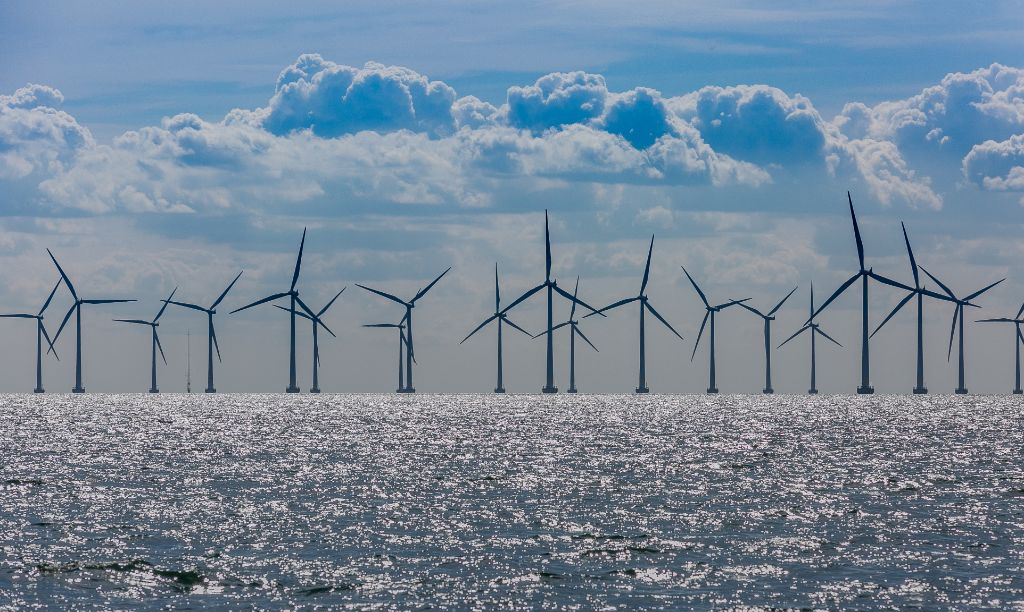
While wind power emits no greenhouse gases during operation, turbines can have environmental impacts such as bird and bat casualties. However, careful wind farm planning can minimize environmental impacts. Overall, wind energy offers a scalable, renewable electricity source with significant room for continued expansion worldwide.
Solar Energy
Solar energy has emerged as one of the most promising renewable energy sources in recent years. There are two main technologies that utilize solar power – photovoltaics (PV) and solar heating.
Photovoltaic cells, commonly known as solar panels, are made from semiconducting materials that convert sunlight directly into electricity through the photovoltaic effect. Arrays of solar panels are used in solar farms and on rooftops to generate clean electricity. The market for solar PV systems has expanded greatly as costs have declined.
Solar heating systems, also called solar thermal systems, use the sun’s energy to heat water or air directly. They operate through the use of solar collectors which absorb and convert sunlight into heat. Solar water heating is widely used for residential and commercial buildings. Solar air heating is used mainly for heating, ventilation and air conditioning systems.
Solar energy offers a clean and renewable alternative to fossil fuels. As solar technologies become more advanced and affordable, solar power holds significant potential to meet the world’s rising energy needs in an environmentally sustainable manner.
Geothermal Energy
Geothermal energy is a renewable energy source that utilizes the heat within the Earth to generate electricity and provide heating and cooling. There are three types of geothermal energy systems: geothermal power plants, geothermal heat pumps, and geoexchange systems.
Geothermal power plants are built over underground reservoirs of hot water, known as hydrothermal resources. Wells are drilled into the reservoirs to pump the hot water or steam to the surface. The steam rotates a turbine that activates a generator to produce electricity. Geothermal power plants have an average capacity factor of 74%, making them a reliable and consistent source of renewable power. The United States generates over 15 billion kWh of geothermal power each year, with the largest capacity in California, Nevada, and Utah.
Geothermal heat pumps, also known as ground source heat pumps, tap into shallow ground temperatures to heat and cool spaces. These systems transfer heat between the ground and buildings using pipes that circulate water or a refrigerant through the ground and a building’s HVAC system. Geothermal heat pumps can be up to 45% more efficient than even the highest-efficiency air source heat pumps. There are over 1 million geothermal heat pumps installed in the U.S. providing energy efficient heating and cooling.
Biomass
Biomass refers to organic material that comes from plants and animals. It can be used as a renewable energy source when converted into liquid biofuels or burned directly for heat and electricity. Some of the most common types of biomass used for energy include:
Biofuels – These liquid fuels are derived from biomass sources like crops, agricultural waste and garbage. Common biofuels include ethanol, which is made from fermenting starch or sugar, and biodiesel, which is made from vegetable oils or animal fats. These can replace or be blended with fossil fuels like gasoline and diesel for transportation.
Agricultural waste – Crop residues like corn stalks and husks, sugarcane bagasse and manure can all be burned or converted into energy. These organic materials would otherwise be discarded, so using them for fuel is an effective way to reduce waste. The heat produced can generate electricity or power boilers and furnaces.
Hydrogen Fuel Cells
Hydrogen fuel cells are an emerging energy source that create electricity through electrochemical reactions. Inside each fuel cell, hydrogen and oxygen atoms interact across an electrolyte membrane, generating an electric current that powers devices.
The benefits of hydrogen fuel cells include their high efficiency, low emissions, and ability to power a wide range of applications. Specifically, hydrogen fuel cells are well suited for powering electric vehicles since they can convert hydrogen’s chemical energy into electrical energy more efficiently than combustion engines. Fuel cell electric vehicles emit only water vapor as a byproduct, producing zero harmful tailpipe emissions.
Major automakers like Toyota, Honda, Hyundai and Mercedes-Benz have introduced prototype and commercial hydrogen fuel cell cars. As fueling infrastructure expands, fuel cell vehicles provide a promising emission-free transportation technology for the future.
Conclusion
As we have seen, there are several different energy production sources available today. Fossil fuels like coal, oil, and natural gas remain the dominant sources globally, but they come with drawbacks like pollution and being finite resources. Nuclear energy provides vast amounts of power with low emissions, but faces challenges with safety, radioactive waste, and high costs. Hydropower harnesses the energy of moving water to generate electricity but requires suitable rivers or reservoirs. Wind and solar energy tap into renewable and widely available resources and are seeing rapid growth, but are intermittent and require storage solutions. Geothermal energy utilizes underground heat for steam or electricity generation but is only viable in certain locations. Biomass provides a renewable fuel source from plants and waste, but requires resources to grow and process the biomass. Hydrogen fuel cells efficiently convert hydrogen into electricity without emissions, but hydrogen production and infrastructure present challenges.
The key takeaway is that employing a diverse mix of energy sources helps overcome the limitations of any single option. Relying too much on one source leaves nations vulnerable to disruptions. Pursuing a variety of generation technologies leverages their complementary strengths while mitigating their weaknesses through flexibility and redundancy. Furthermore, transitioning to clean renewables wherever practical will reduce environmental impacts. The ideal energy portfolio combines affordable, reliable, sustainable generation tailored to local resources and priorities.

